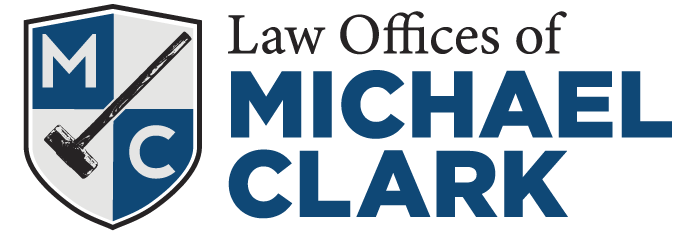Property Damage Fact Sheet
If you’re involved in a car accident and the other driver is at fault, you may need to deal with their insurance company to get your car fixed or negotiate for any damages. Here are some tips to help you navigate the process:
1. Get the other driver’s insurance information:
You should obtain the other driver’s insurance information as soon as possible. This includes their insurance company, policy number, and contact information.
2. Report the accident to the other driver’s insurance company:
You should contact the other driver’s insurance company to report the accident and file a claim. Provide them with as much information as possible, including the police report and any photos or videos you have of the accident. However, you are never required to give a statement to the other driver’s insurance company. If you were injured, they may try to get you to give a recorded statement before you have been to the doctor to minimize your injuries. You can tell them that you are not going to discuss your injuries at this time and you are only willing to speak to the adjuster about the property damage claim.
3. Get an estimate for repairs:
If your car can be repaired, you’ll need to get an estimate for the cost of repairs. You have the right to take your car to the shop of your choice. Insurance companies may try to steer you to a shop of their choice. You can either take your car to a repair shop or have the insurance company send an appraiser to assess the damage.
4. Be wary of vehicle storage fees:
If your car was not drivable after an accident and it is towed to a tow yard, it is likely to incur daily storage fees. Make sure you do everything in your power to limit unnecessary storage fees and communicate with insurance adjusters in writing to make sure they are taking responsibility for the storage fees.
5. Understand your right to get a rental car:
You may be entitled to compensation for a rental car while your car is being fixed or until you are compensated if it is deemed a total loss.
6. Negotiate the settlement:
The insurance company will make an offer to settle the claim based on the estimate for repairs. You can negotiate with the insurance adjuster to try to get a higher settlement if you feel the offer is too low.
7. Determine if your car is a total loss:
If the cost of repairs is more than the value of your car, the insurance company may declare your car a total loss. In this case, they will offer you the actual cash value of your car.
8. Negotiate the total loss settlement:
If your car is a total loss, you can negotiate with the insurance company to try to get a higher settlement. You can provide evidence of the value of your car, such as ads for comparable cars through Auto trader.com, Edmunds, or Kelly Blue Book.
9. Do you have a GAP?
If your car is determined to be a total loss, the insurance company responsible for the claim is only responsible for paying the reasonable value of the vehicle before it was destroyed. They are not responsible for paying the balance of the car loan if it exceeds the car’s value. However, if you purchased GAP insurance when you purchased the car, you can open a claim to hopefully make up the difference.
10. Accept the settlement:
Once you’ve reached a settlement with the insurance company, you can accept the payment and use it to repair your car or purchase a new one.
Remember to keep all documentation related to the accident and the insurance claim, including photos, estimates, and correspondence with the insurance company. This can help you in case you need to dispute any aspect of the settlement or claim.
EXPERIENCE • PERSONAL SERVICE • PROVEN RESULTS
EXPERIENCE
PERSONAL SERVICE
PROVEN RESULTS
request a free consultation
705 S 9th Street, Suite 202
Tacoma, WA 98405
253.573.1000

